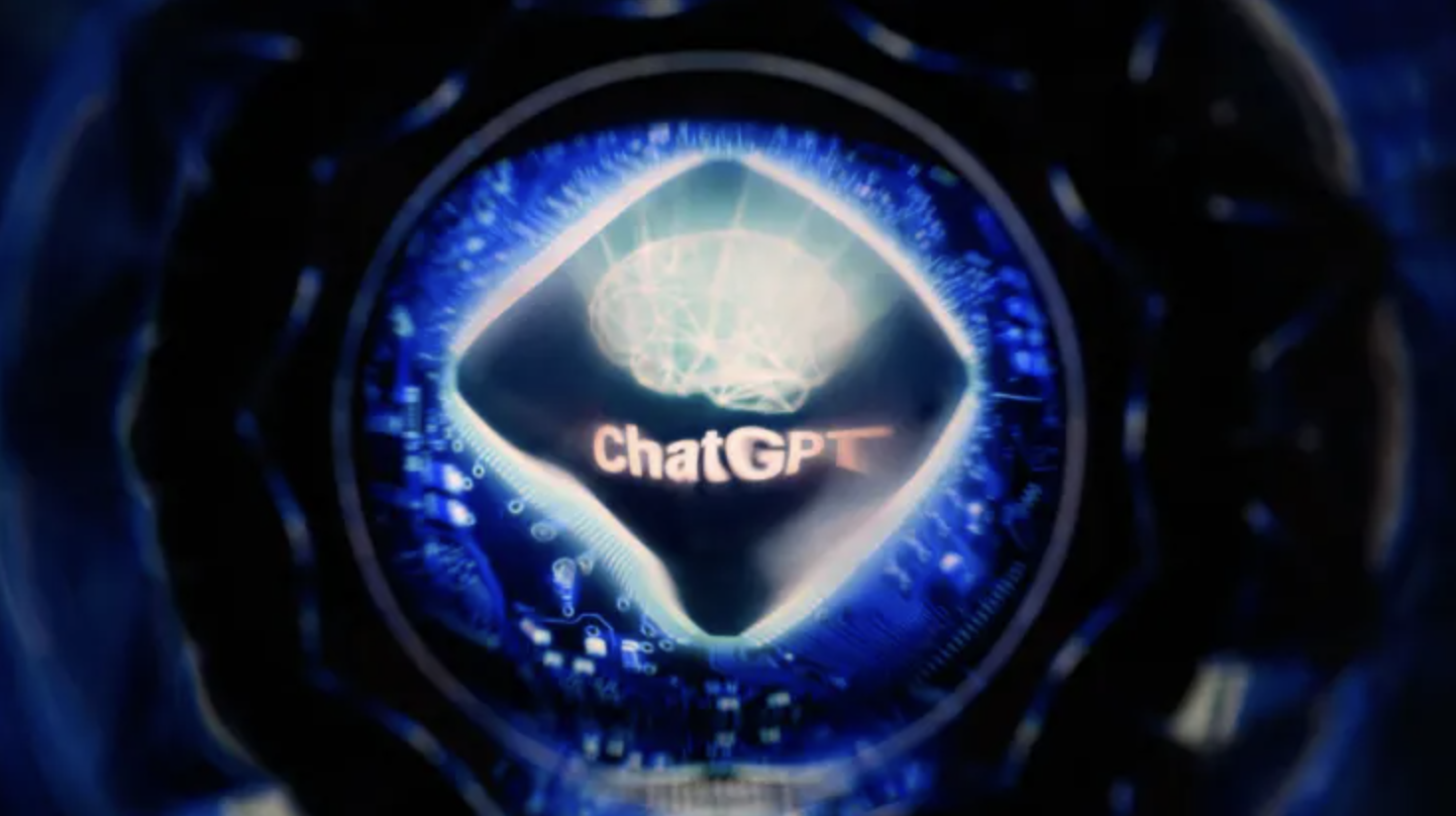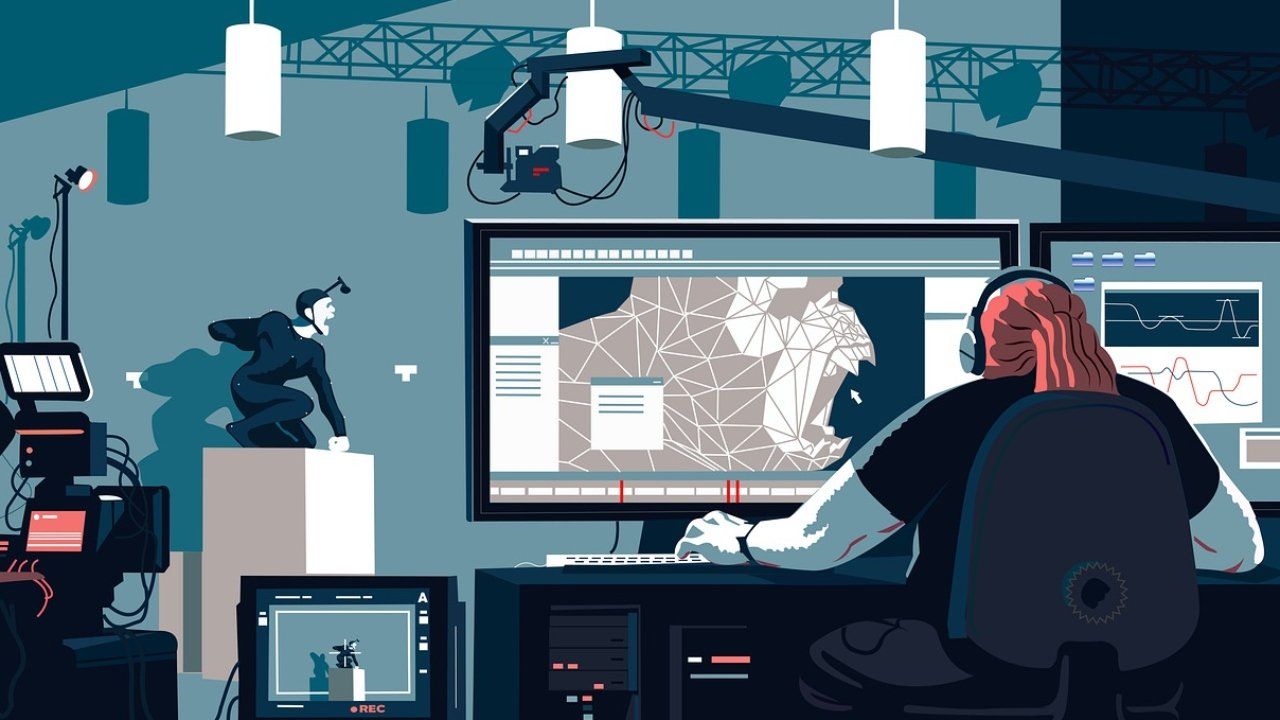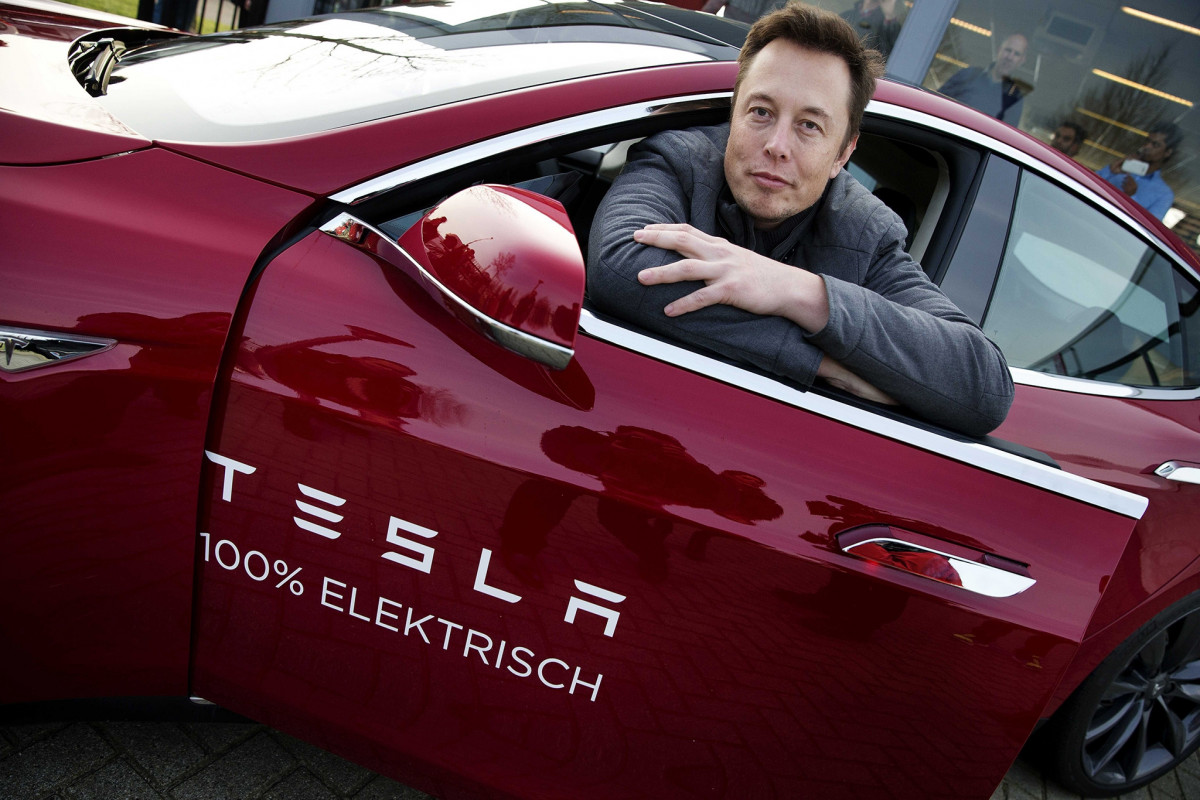Today’s artificial intelligence systems are akin to the dial-up internet of yesteryear, according to the CEO of one AI startup, who said the space is in need of a reality check.
Sachin Duggal, co-founder, and CEO of Builder.ai, told CNBC Friday that we’ve only just begun to imagine what’s possible with AI.
“We’re only in the AOL world of AI still,” Duggal told CNBC in an interview. “There is this perception we’re in the fiber optic world of AI. We’re far from it.”
“It’s not just LLMs [large language models] and ChatGPT, though that seems to be the epicenter of how people think about it,” he added.
Hype around AI has hit a fever pitch over the past few months on the back of excitement about ChatGPT, the popular AI chatbot.
Venture capitalists are throwing big money at startups developing AI tools in the hope that this represents as significant a shift for the digital economy as the invention of the iPhone.
ChatGPT has amassed more than 100 million users since its Nov. 2022 release, according to investment bank UBS
, making it one of the fastest-growing consumer apps of all time.
“AOL made the internet easily understandable for folks. BlackBerry made messaging understandable,” said Duggal. “At one point it was the most popular device, and people were queuing up to get the phone. It was the Apple of its era.”
“What you’re seeing now is a momentum where something that people didn’t understand and was very esoteric has now become a little more personal,” he added.
But, he added that the technology is surrounded by hype. “It’s got people freaked out for no reason.”
ChatGPT has impressed many with its ability to produce humanlike responses to user prompts powered by large language models trained on massive amounts of data.
However, it has also proven ineffective at some tasks, such as solving math problems. The chatbot also has a limited understanding of context — especially sarcasm and humor.
Duggal said that knowledge graphs — data models that connect relationships between different concepts, entities and events — show a greater degree of accuracy and understanding of context than large language models like OpenAI’s GPT-4.
“An LLM is simply telling you what it thinks the next word is with a high degree of probability, whereas a knowledge graph is actually able to compose pattern relationships that it knows, and how things work out. So it’s not just predicting what’s next,” he said.










